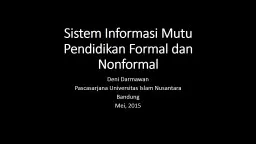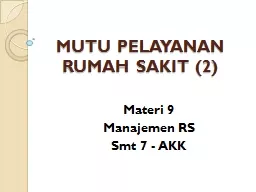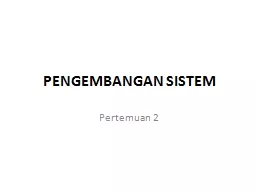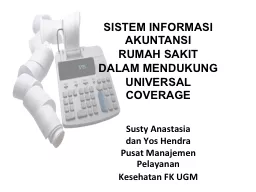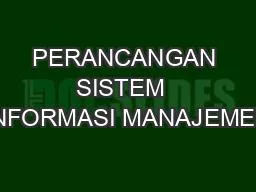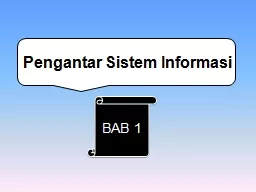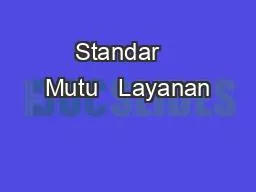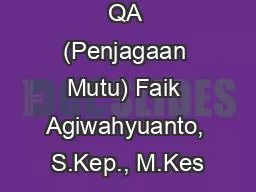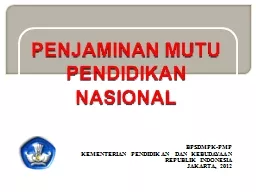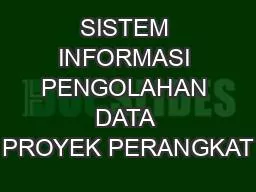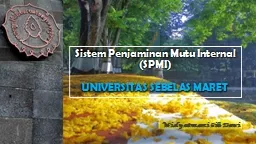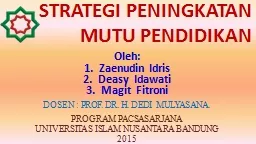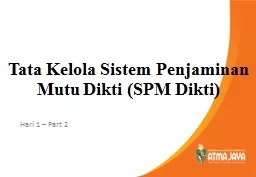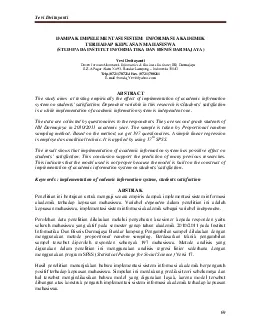PPT-Sistem Informasi Mutu Pendidikan Formal dan Nonformal
Author : calandra-battersby | Published Date : 2019-01-22
Deni Darmawan Pascasarjana Universitas Islam Nusantara Bandung Mei 2015 Kajian Fenomena Mutu Sistem Informasi Mutu Lulusan Progress rate Retention rate Graduate
Presentation Embed Code
Download Presentation
Download Presentation The PPT/PDF document "Sistem Informasi Mutu Pendidikan Formal ..." is the property of its rightful owner. Permission is granted to download and print the materials on this website for personal, non-commercial use only, and to display it on your personal computer provided you do not modify the materials and that you retain all copyright notices contained in the materials. By downloading content from our website, you accept the terms of this agreement.
Sistem Informasi Mutu Pendidikan Formal dan Nonformal: Transcript
Download Rules Of Document
"Sistem Informasi Mutu Pendidikan Formal dan Nonformal"The content belongs to its owner. You may download and print it for personal use, without modification, and keep all copyright notices. By downloading, you agree to these terms.
Related Documents

